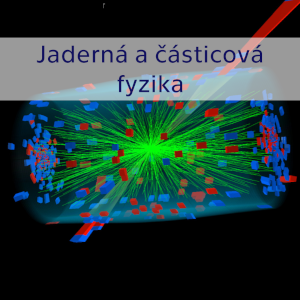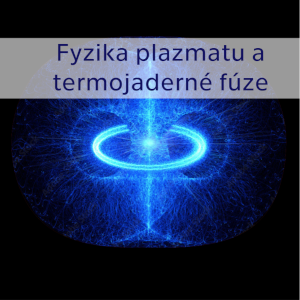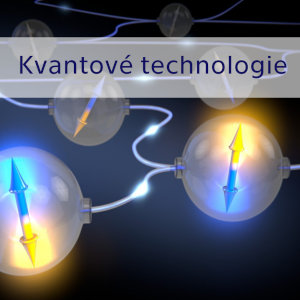One of the energy sinks of a confined fusion plasma is radiation of electromagnetic waves as a consequence of motion of charged particles and their collisions. With increasing photon energy, their mean free path increases and plasma for them becomes optically thin. These photons can escape without any further interaction with other plasma particles and thus cause loss of the confined energy. When detected outside of plasma, such photons can be used to gain information about plasma in their place of origin. A wide range of spectroscopic diagnostic systems is based on measurement of such radiation starting in the infrared region and higher. The nature of measured radiation causes the measurement to have bad spatial localisation because measured photons can be radiated from the whole observed plasma volume. This makes estimation of plasma parameters from measured signals a very difficult task.
New computational tools which could support better estimation of plasma parameters from the measured signals emerged in recent years. One of such tools is a synthetic diagnostic framework Raysect & Cherab. Purpose of Cherab is to model spectroscopic diagnostic signals with high quality. This is achieved by a ray-tracing approach based on physically accurate treatment of ray propagation and plasma radiation processes. Given plasma properties such as profiles of particle densities and temperatures, Cherab can predict spectra observed by specific diagnostic systems.
The aim of this project is to create Cherab models of selected GOLEM diagnostic systems and to show the feasibility of using the framework to estimate plasma parameters from measurements. To reach this goal, the student is expected to provide a short research about the basics of radiation processes present in fusion plasmas and spectroscopic diagnostics available on GOLEM. Based on this, models of promising diagnostic systems will be created and used to estimate selected plasma parameters. Creation of Cherab models and simulation of observed radiation is expected to be the main body of the work. This task will require significant programming work. Cherab is written in Python and Cython programming language, Python is also expected to be used by the student for his work.
The expected contribution and enhancement of the students’ skills after completing the work include familiarity with spectral properties of light radiated by fusion plasma and processes and conditions leading to its generation. Also the student is expected to gain some signal processing skills during analysis of the modelled spectra and the last but not least is enhancement of programming skills during work on the Raysect and Cherab models.
English is the preferred language of the thesis, but the supervisor can communicate in both Czech and English.
Outline:
- Get familiar with properties of magnetic confinement fusion plasma and magnetic confinement device types (With weight on tokamaks).
- Make a short research about radiation processes in plasma, spectroscopic systems used on fusion devices and nature of spectra they measure
- Get familiar with Raysect & Cherab framework, architecture and algorithms
- Use the Cherab & Raysect framework to build models of spectroscopic diagnostics at the GOLEM tokamak
- Build a simple model of GOLEM plasma in Cherab and provide forward models of spectra for the diagnostic systems.
- Estimate the limitations of backward calculations of plasma parameters from the spectra models.
Literature:
- SALZMANN, David. Atomic physics in hot plasmas. New York: Oxford University Press, 1998. International series of monographs on physics (Oxford, England), 97. ISBN 0195109309.
- HUTCHINSON, I. H. Principles of plasma diagnostics. 2nd ed. New York: Cambridge University Press, 2002. ISBN 0521803896.
- https://zenodo.org/record/1206142#.YmEP1hxBzmE
- Cherab.info
- raysect.org





